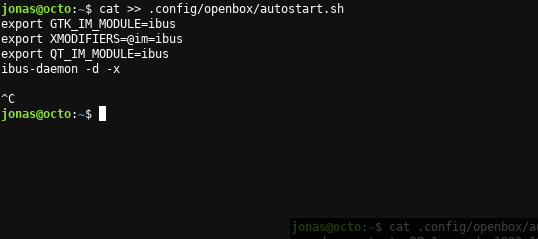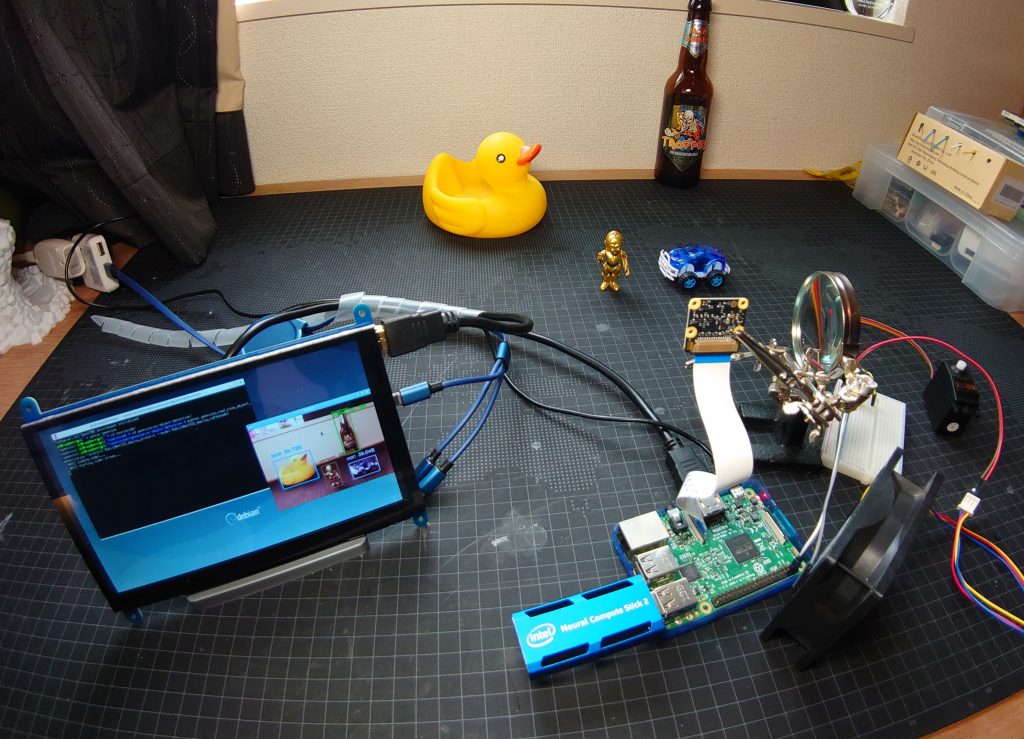It can be a challenge to get Japanese input working in the Openbox window manager on Debian. Personally I forget how to do it after each OS reinstall, so here’s a quick guide:
Add Japanese locale (ja_JP.UTF-8 UTF-8):
sudo dpkg-reconfigure locales

Install ibus and ibus-anthy:
sudo apt update sudo apt install ibus ibus-anthy -y
Add environment variables and ibus daemon to Openbox startup:
cat >> .config/openbox/autostart.sh export GTK_IM_MODULE=ibus export XMODIFIERS=@im=ibus export QT_IM_MODULE=ibus ibus-daemon -d -x

Add Japanese with anthy to the ibus settings (“input-method” -> “add”):
ibus-setup

Restart Openbox (log out and back in again)
Switch between input methods using the keyboard shortcut (super/win + spacebar):





